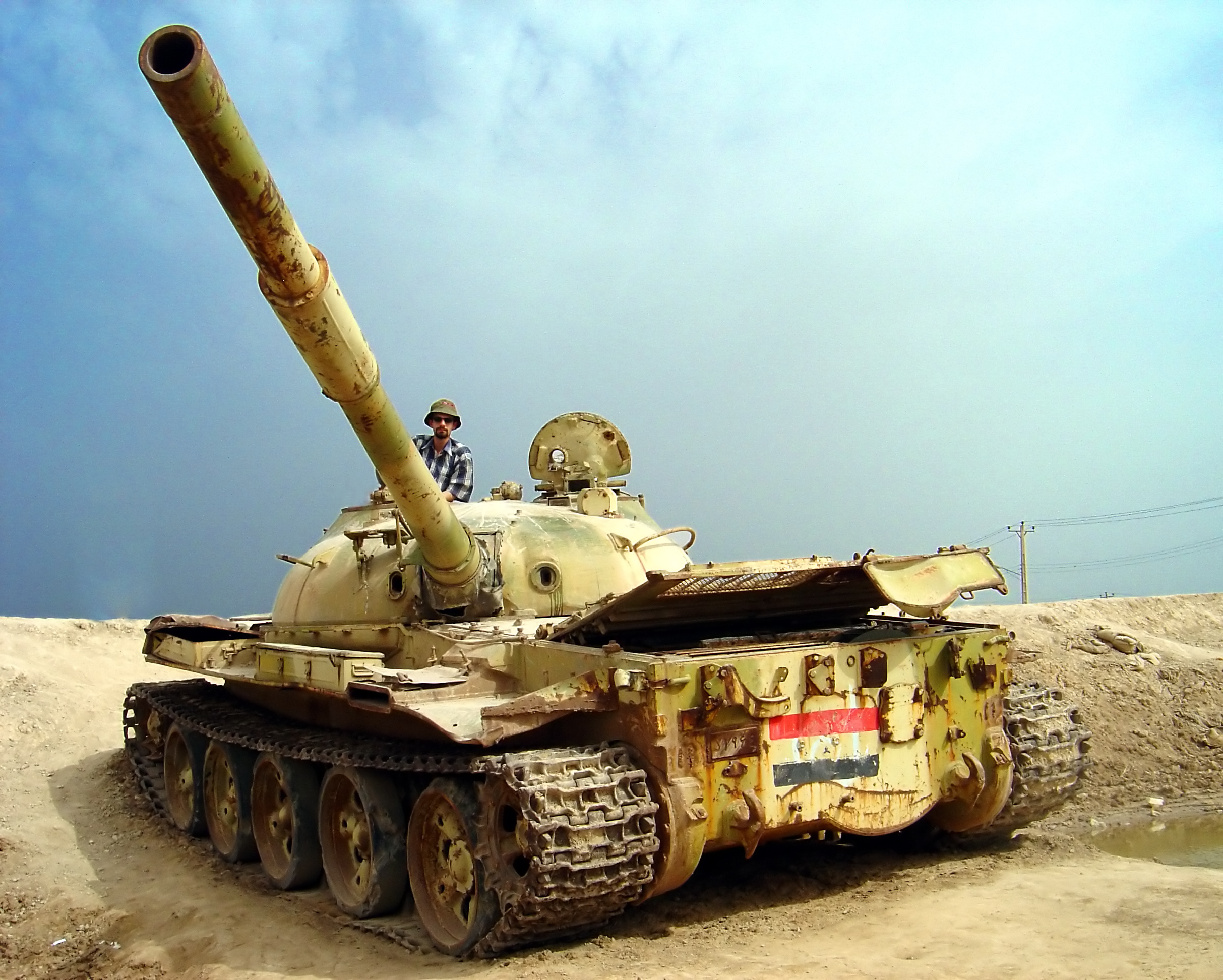In 1979, the Iranian Revolution, a series of events that led to the overthrow of the Pahlavi dynasty and the establishment of an Islamic republic, toppled the secular monarchy that had ruled the country, replacing it with a new, religious government. Nearby Iraq saw an opportunity in the chaos and instability this change produced and decided to invade.
This move was not entirely surprising. Iran and Iraq had been at each other’s throats for a long time, with a series of territorial disputes leading to the countries coming to consider each other traditional enemies. So, when Iraqi leader Saddam Hussein saw an opportunity, he strategically decided to try to recapture Iranian territories that he believed belonged to Iraq. On September 24, 1980, he sent Iraqi troops into western Iran. This was not the only reason for the war, though. There was also fear in the Iraqi government that the new theocratic regime in Iran would use religion to stir up civil unrest in Iraq. War was seen as a way of forestalling this issue. However, the biggest driver of the war was most likely oil.
Both countries’ economies were largely dependent on oil. While Iraq wanted to acquire some of Iran’s territory, it was particularly interested in acquiring Iran’s oil-producing territories. This was easier said than done, however. The war had a devastating impact on both countries’ economies, leading to significant financial losses and hindering their development.
Iran turned out not to be as vulnerable as Iraq had hoped. Far from being swiftly won, the war dragged on for eight long years. Despite the use of chemical weapons, Iran’s resilience was impressive. Neither side was able to gain a decisive advantage over the other. Finally, in August of 1988, the war-weary countries agreed to a cease-fire brokered by the United Nations.

